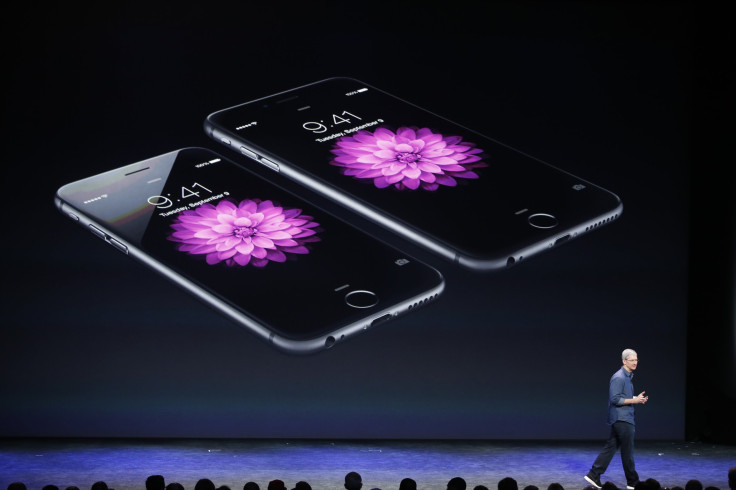iPhone 6 Won't Increase Apple's Market Share In India, But It Will Attract Premium Buyers

Apple Inc.’s (NASDAQ: AAPL) new iPhones won’t be any more mass market than their predecessors in Asia’s emerging markets, but the larger screens could attract customers within the premium segment that Apple targets, analysts said.
The iPhone 6 and the iPhone 6 Plus that have screen sizes of 4.7 inches and 5.5 inches across the diagonal are a first for Apple, which under founder Steve Jobs eschewed building larger handsets.
“The larger screen size is a calculated move as demand for smartphones with larger screens is growing, especially in Asia,” said Neha Dharia, senior analyst for consumer services at technology research and advisory firm Ovum, in a press release.
In many Asia-Pacific markets, “the 5.5-inch represents a new opportunity for Apple,” as it had been missing out on the demand for larger phones in both developed markets and emerging markets, said Jessica Kwee, an analyst at market researcher and consultancy Canalys.
“The introduction would at least make Apple's product more appealing to those looking for a larger phone," Kwee said in an interview Wednesday. "Given that the target market is the premium segment, it would put pressure on other premium players," including Apple's biggest competitor, Samsung Electronics Co. Ltd.'s (KRX: 005930, 005935) Galaxy Note range.
That said, the new phones are not likely to help Apple gain any significant market share, particularly in price-conscious markets such as India, the world's second largest. Almost all phones in India are sold unlocked in the retail market without any carrier contracts.
Apple’s sales really took off in India over the last 18 months only after it bowed to this reality and struck nationwide deals with two large distributors, and backed a range of attractive schemes including payment via monthly installments and trade-ins.
Local handset sellers such as Micromax Informatics have stormed the Indian market over the last year, aggressively gaining share, selling feature-rich, large-screen handsets running Google’s Android software, at sub-$200 prices.
Micromax, which in the three months ended June became the largest mobile phone seller in India, has also pushed Apple to the No. 3 spot on the tablet front. China’s Xiaomi, too, has seen small batches of its handsets selling out on the Indian e-commerce site Flipkart.com.
In China, the situation is similar to India, but with the presence of more carrier subsidies iPhones can be more affordable, Kwee said. There is also opportunity for Apple with the burgeoning LTE market in China as the new iPhones support the LTE bands used by all the Chinese operators, she said.
Even though the new phones will only provide an incremental impetus to Apple’s reach in India, they will boost the average selling price of Apple handsets, said Jayanth Kolla, a partner at telecom consultancy Convergence Catalyst in Bangalore.
In India, where the phones are launched without carrier contracts, the devices will likely be priced a little bit higher than the current ones and the average selling price points would go up.
That way Apple would generate more revenue even if their growth remained similar to what was achieved with the previous models, he said.
© Copyright IBTimes 2024. All rights reserved.





















